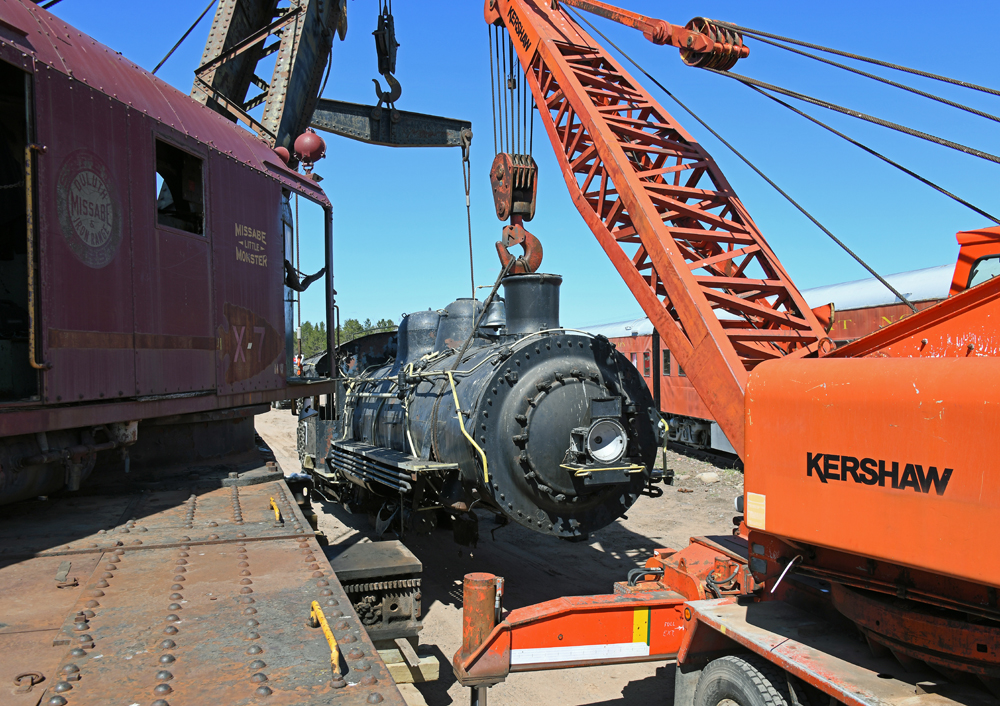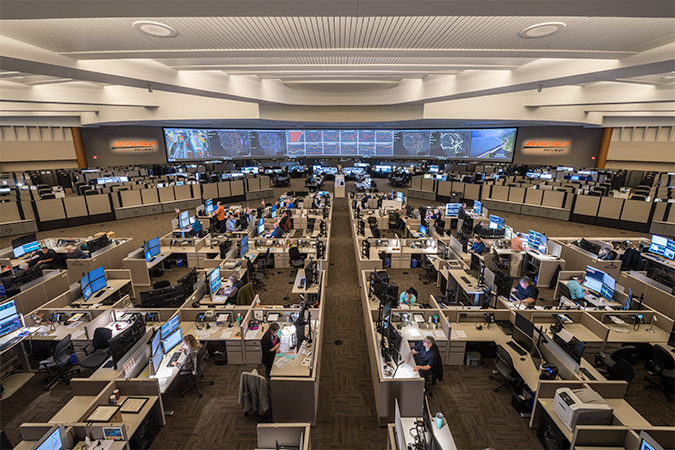MINNEAPOLIS – Construction can resume on a light rail tunnel in Minneapolis after an engineering analysis determined that construction played only minor role in cracks that developed at a nearby condo building. The Twin Cities Metropolitan Council, which is building the 14.5-mile Southwest Light Rail/Metro Green Line Extension from Minneapolis to Eden Prairie, halted construction on the Kenilworth Tunnel in late January because of cracks found at nearby condos.
Socotec Engineering, Inc., gave a report to members of the Cedar Isles Condominium Association board Tuesday. Chicago-based Socotec blamed 75% of the building movement on “seasonal temperature changes,” Fox 9 Television reported. The remaining 25% is due to wind, freight train vibrations, deferred maintenance within the condo building, and neighboring light-rail construction, the firm determined. The condo owners have said that there were no cracks until construction of the tunnel began.
The biggest issue headache for the light rail extension has been the line through the affluent Kenilworth neighborhood, next to a rail line used by Twin Cities & Western and owned by the Metropolitan Council. TC&W uses the line to reach its Class I connections in the Twin Cities. When the light rail line was first proposed, one of the biggest challenges was a proposed reroute to get the railroad out of Kenilworth, so only the LRT line and a popular regional trail would remain.
For more than a decade TC&W received proposals for a new route, with most centering around rerouting to the former Minneapolis, Northfield & Southern Railway line through suburban St. Louis Park. Eventually it was determined that using that route was impractical for a variety of reasons, and the rail line and LRT would have to coexist through Kenilworth. This enraged Minneapolis officials and residents, who had been promised by LRT planners that co-location would never happen.
The decision to keep the railroad and LRT on the same route through the mostly affluent area of Minneapolis remains controversial and prompted litigation seeking to stop the project, an effort that ultimately failed. As a result the Kenilworth tunnel was proposed as an alternative to cut down on possible noise and hide the trains. Ask any railroader about building tunnels, and their answer will be the same: they are complex and cost a lot more than you think. So it’s no surprise that construction has been plagued by delays and cost overruns that have pushed the final budget to $2.75 billion and the opening date to 2027.
What happens next is up to the condo association, with a meeting of condo owners scheduled for next week. The association has hired its own lawyers and the engineering firm that originally designed the condo towers. It has been waiting for the Socotec report before choosing its next options.














More and more owners have been incorporating vibration monitoring for a lot of our heavy civil work projects that we work on that our near structures. Not a big driver in cost but its amazing what a few pre construction photos & videos before work starts can save in hassle, time and a lot of false claims that seem to get less and less.
This project has been more costly due to BNSF requiring a walled right of way separation, a tunnel, crossing a creek & a wealthy neighborhood. The hwys are the biggest beneficiary of the Infrastructure bill I’m sure the increased costs will be reflected in all the outdated & questionable hwy projects that will be dusted off & implemented to burn through that funding.
i thought Minneapolis the seat of progressive community ideals, like mass transit and not cars. Guess I was mistaken.
FYI – this “building” is a 100 yr old grain elevator repurposed in the 1980’s to condos. My house is almost 100 yrs old if I tore it down & put a condo on its foundation it would probably be prone to cracking too! Solution? Move, that’s what they tell people who live next to freeways & have clinically proven higher rates of asthma & lung disease.
That’s something I never learned in engineering school, how to apportion the cause of a crack in a building by percent of various causes. That’s witchcraft masquerading as engineering analysis.
Seriously though – the increasing cost of construction of public transportation is really starting to bite … $2.75 Billion ….. It costs what it costs and it is what it is …. but inflation in construction is only beginning.
Before I retired in 2011, a billion dollars bought a lot of construction. Not now.
With skyrocketing prices for steel, concrete, skilled labor, and diesel fuel for construction equipment, we’re going to see the costs of desperately needed transit projects like the New York – New Jersey Amtrak tunnels, or the Baltimore tunnels, double or triple before construction even starts.
The increasing cost to build public transportation projects hasn’t just begun. Not sure why you haven’t noticed the ridiculous numbers that have been reported on this very site for as long as I can remember. And you somehow failed to mention the excessive cost of consultants and huge profits for construction companies and their owners that work on these projects.
CHRIS — Thanks for your notes I don’t disagree with you, I wrote clumsily (above). When I wrote (above) inflation in transit construction has only begun, what I should have said was that inflation in transit construction has been a big factor in recent decades but is about to get a whole lot worse.
You can say that $2.75 B’s is outrageous. Five years from now you’ll look back on those $2.75 B’s as a bargain.